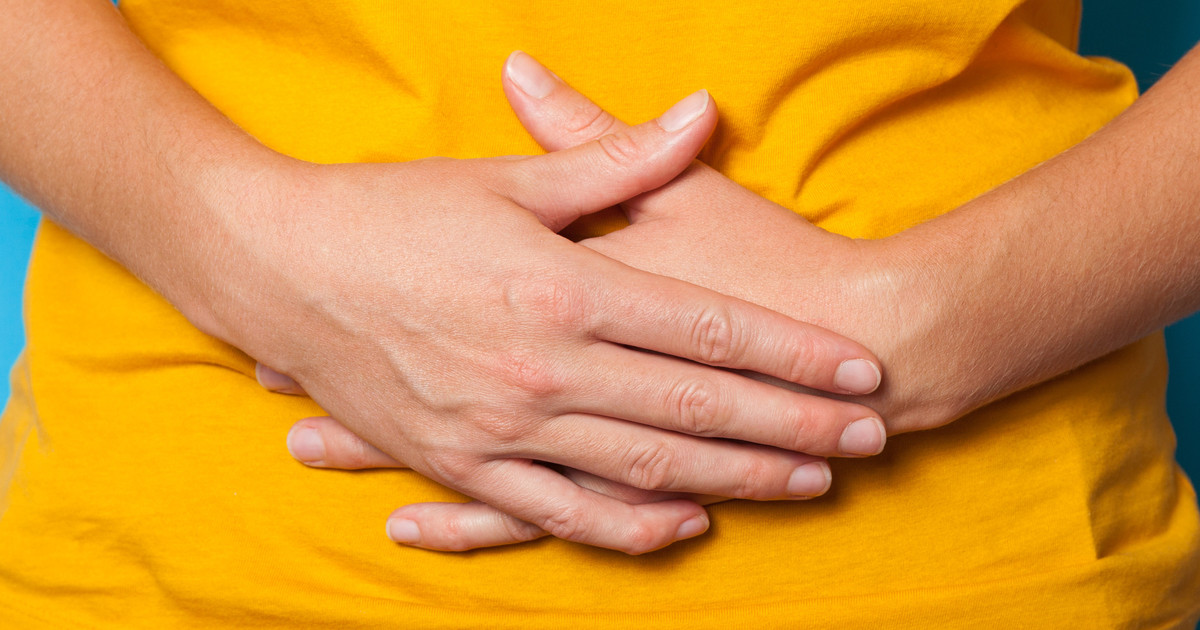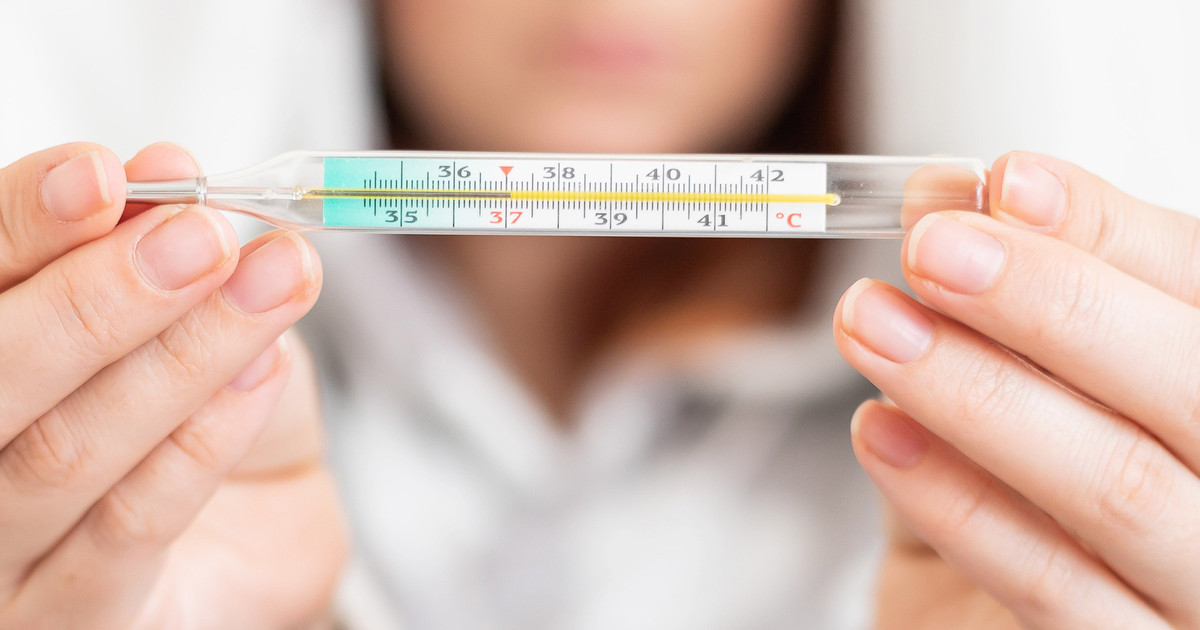Guide To The Symptoms Of A Gallbladder Attack
A gallbladder attack occurs when gallstones block the bile duct. This prevents bile from flowing out of the duct and causes the gallbladder to spasm. When this happens, the patient experiences severe pain that may feel like a heart attack. Gallbladder attacks occur in roughly one-third of patients who have gallstones. These attacks are considered medical emergencies. Patients should go to the emergency room right away if they experience symptoms of a gallbladder attack. An abdominal ultrasound may be performed to identify gallstones quickly. Patients may also need to have a CT scan, a HIDA scan, or an abdominal x-ray. Blood tests help check the patient's liver function.
Patients will receive pain and nausea medication at the hospital. This helps keep them comfortable while doctors conduct the mentioned tests. Ursodeoxycholic acid (ursodiol) may be prescribed to dissolve small gallstones. Ultimately, the major goal is to achieve gallbladder pain relief. Gallbladder attack treatment at a hospital usually manages this. Of course, doctors may recommend gallbladder removal as a treatment for repeated gallbladder attacks. However, patients need to understand the symptoms of these attacks first.
Intense And Persistent Abdominal Pain

Usually, intense and persistent abdominal pain is the first symptom of a gallbladder attack. The pain starts in the upper right abdomen, and can be felt high up in the center of the abdomen. As the gallbladder attack progresses, the pain may move to the area between the shoulder blades or the right shoulder. Most patients describe the pain of a gallbladder attack as a sharp, stabbing pain. The pain begins suddenly, and it can last for several hours. The patient may have trouble sitting still because of the severity of the pain. Abdominal tenderness could be present as well.
In general, the pain associated with gallbladder attacks does not change or get worse with movement. If a gallbladder attack is confirmed, patients will be given strong pain medication at the hospital to ease their symptoms. They may need to continue to take pain relievers to manage gallstone pain after returning home.
Fever And Chills

A low-grade fever may be present during a gallbladder attack. This symptom also occurs in approximately one-third of patients with gallbladder disease. Currently, doctors define a low-grade fever as a temperature that is between 100.4 and 102.2 degrees Fahrenheit. If both fever and chills are present in a gallbladder attack, this could be a sign of a bacterial infection in the patient's gallbladder. Patients with chills could experience shaking too. A high fever could occur if an individual has an inflamed gallbladder. This is one of the potential complications of a gallstone attack.
During hospital treatment for a gallbladder attack, doctors will measure the patient's temperature and other vital signs and recheck them regularly. Patients should let their medical team know if they experience chills or shaking. Depending on the patient's temperature, doctors may administer fever-reducing medication. They may recommend applying a cool cloth to the face or removing some clothing to reduce body temperature naturally.
